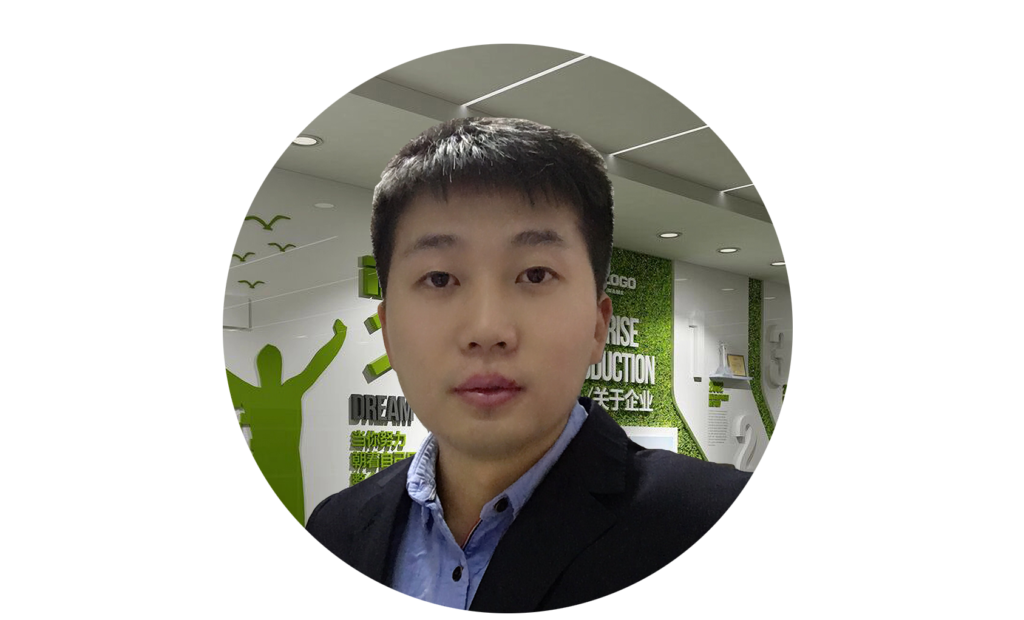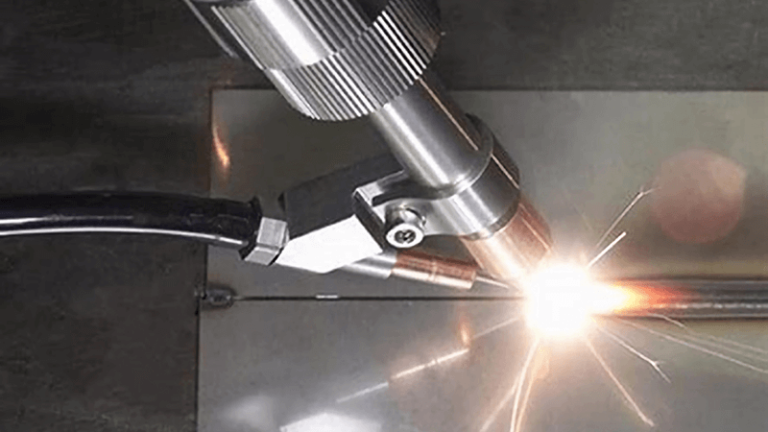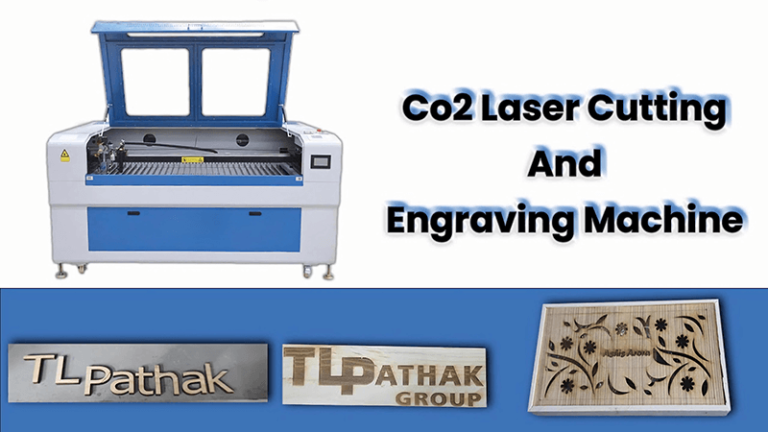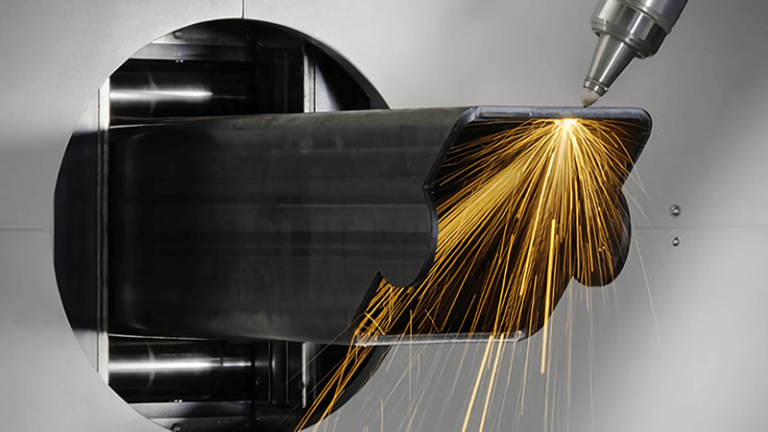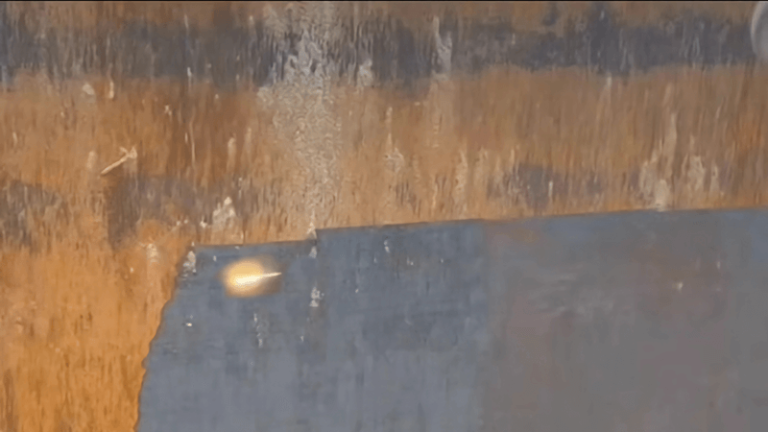Why Are Laser Metal Cutting Machines the Backbone of Modern Industries?
Picture this: You're running a metal fabrication shop, and you're tasked with producing intricate parts for a new aerospace project. Every millimeter matters. You need speed, precision, and reliability. That's where laser metal cutting machines come into play. But here's the catch—picking the right machine is like dating. It’s not just about looks or price; it’s about compatibility and long-term happiness.
So, what makes one laser metal cutting machine better than another? The short answer: it depends on your needs—speed, power, material thickness, and your budget. But don’t worry, I’m here to guide you through this maze.
Choosing the right laser metal cutting machine isn’t as simple as picking the one with the shiniest buttons. Each industry has its own needs, and not all machines fit every niche. But by understanding the different types, features, and what they bring to the table, you can avoid costly mistakes. So, let's dive in!
What Should You Consider When Choosing a Laser Metal Cutting Machine?
Material Type and Thickness Compatibility
When choosing a laser metal cutting machine, the type of material and its thickness are paramount. Different machines are better suited for different metals—steel, aluminum, copper, you name it. Some machines can handle thicker materials with ease, while others are specialized for thin, intricate work. This is why understanding the core use case is critical.
If you’re planning to cut a variety of materials, you need a machine that offers versatility without sacrificing quality. For instance, Kirin Laser's machines come with customizable settings that allow you to adjust the power and speed for different materials and thicknesses, making them ideal for diverse industrial applications source.
Cutting Speed and Precision
Speed and precision are like the peanut butter and jelly of laser cutting—one is never enough without the other. The faster the machine, the quicker you get through your workload, but if it lacks precision, you end up with a lot of waste. That’s why at Kirin Laser, we focus on providing machines that strike the perfect balance. A high cutting speed means little without the sharp precision needed for clean cuts.
Our laser metal cutting machines are designed to deliver both speed and precision. With advanced control systems and high-quality laser sources, you get the best of both worlds.
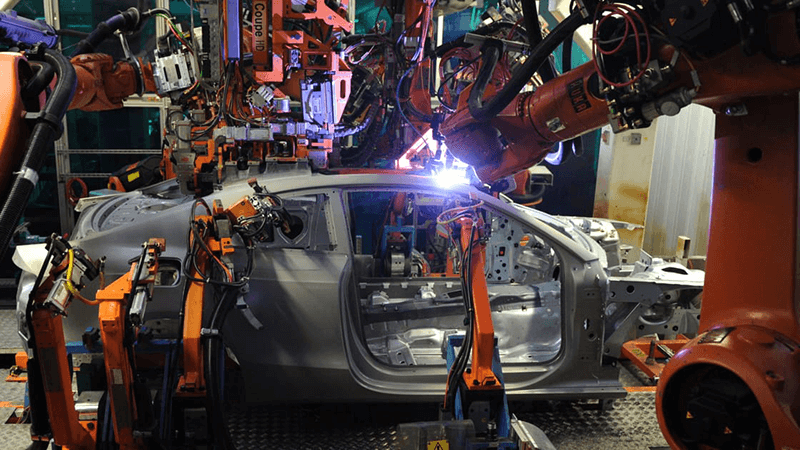
The Importance of Choosing the Right Laser Cutting Machine
Imagine buying a sports car to drive through a forest. Sure, it’s fast, but is it practical? The same logic applies to laser cutters. Different industries—from automotive to jewelry—require different laser cutting capabilities. The stakes are high: a wrong decision can lead to overpaying, underperforming, or worse, a significant hit to your bottom line.
Laser cutters are not a one-size-fits-all solution. What works wonders in a metal workshop might be overkill in a sign-making studio. The right machine does more than just cut metal; it cuts costs, time, and frustration.
Laser metal cutting machines are a serious investment. Therefore, understanding what makes them tick is crucial. Let’s start by looking at the three most popular types: CO2, Fiber, and YAG lasers.
Types of Laser Metal Cutting Machines: CO2 vs. Fiber vs. YAG
When considering laser metal cutting machines, there are three main types to focus on: CO2 lasers, fiber lasers, and YAG (Nd) lasers. Each type offers distinct advantages and disadvantages depending on the application, material type, and industry requirements.
1. CO2 Laser Cutter
CO2 lasers are gas lasers that use a carbon dioxide gas mixture excited by electrical energy. They are ideal for cutting non-metallic materials like wood, acrylic, glass, and some plastics. CO2 lasers have been widely used in industries due to their high efficiency and good beam quality. They are best suited for thicker metal materials because of their ability to produce a smoother surface finish, especially when cutting materials thicker than ¼ inch. However, CO2 lasers require more maintenance, higher power consumption, and larger cooling systems, which increase operating costs significantly. For example, a 4000W CO2 laser can consume up to 215 kW of electricity, which results in higher annual operating costs compared to fiber lasers.
2. Fiber Laser Cutter
Fiber lasers, part of the solid-state laser family, are gaining popularity due to their high efficiency, speed, and precision. They have a smaller focal diameter, allowing them to cut metal materials much faster than CO2 lasers. Fiber lasers are highly effective for cutting thin metal sheets (less than 8 mm thick), with speeds up to six times faster than CO2 lasers for materials like stainless steel. As material thickness increases, the speed advantage of fiber lasers decreases, but they remain efficient for most industrial applications. Fiber lasers are also maintenance-free, with a long service life of up to 100,000 hours. They are highly efficient, requiring less power to operate (e.g., a 3000W fiber laser requires only 15kW of electricity) and no consumables, which results in much lower operating costs.
3. Nd Laser Cutter
Nd (Neodymium-doped Yttrium Aluminum Garnet) lasers are solid-state lasers that have a niche application in specific metalworking tasks such as engraving, welding, and certain alloy treatments. They are known for their ability to work with reflective materials like aluminum and copper and are often used for applications where precision is crucial, like in the aerospace and automotive industries. However, they are generally less efficient than fiber lasers and have a lower photoelectric conversion rate (3%-5%) compared to fiber lasers (35%-40%). This means they are not typically favored for cutting applications where speed and cost-effectiveness are priorities.
Each of these technologies brings its own flavor to the table. Choosing between them is a matter of knowing what your industry requires.
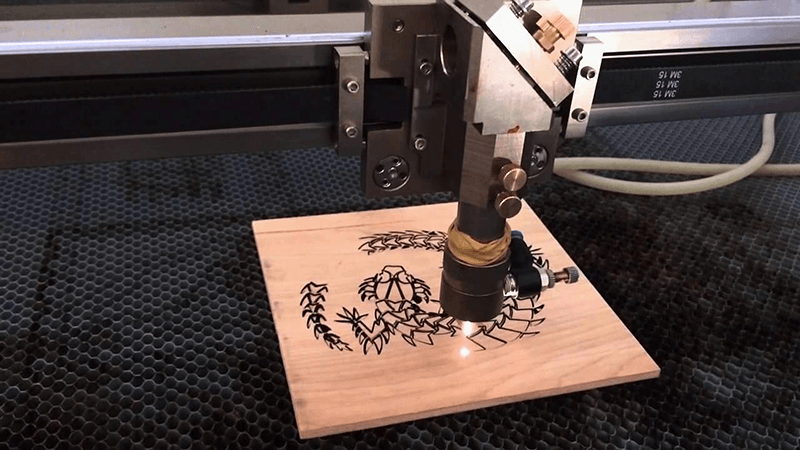
Key Features to Look for in a Laser Metal Cutting Machine
When shopping for a laser metal cutting machine, it's essential to consider several key features to ensure that the machine meets your specific manufacturing needs and provides a good return on investment. Here are the critical factors to consider:
Laser Power and Beam Quality
The laser power, typically measured in watts, determines the thickness of the materials that can be cut and the speed of the cutting process. Higher power lasers can cut thicker materials more quickly but may be more expensive. Beam quality also plays a crucial role in achieving precise cuts with minimal dross formation. For example, a 1kW laser is suitable for thin sheets, while 6kW or more may be necessary for thicker materials.
Cutting Speed and Precision
The cutting speed impacts productivity, and the precision of the cuts affects the quality of the finished product. Machines with advanced motion control systems and servo motors offer higher accuracy and reduced scrap rates. It is essential to find a balance between speed and precision based on the type and thickness of the material being processed.
Material Compatibility
Different types of lasers (e.g., CO2, fiber, diode) are suited for different materials. Fiber lasers are highly efficient and work well with metals like steel, aluminum, and copper, while CO2 lasers are better for non-metals such as wood and acrylic. Ensure that the laser cutter is compatible with the materials you plan to work with to avoid potential issues.
Automation and Software Integration
Modern laser cutting machines often come with automation features such as automated loading and unloading systems and advanced software for nesting optimization and process control. These features reduce manual intervention, save time, and increase productivity by optimizing material usage and minimizing waste.
Safety Features and Environmental Considerations
Safety should never be overlooked. Machines with enclosed designs, fume extraction systems, and emergency stop buttons ensure a safe working environment, especially when cutting materials that produce hazardous fumes. Compliance with safety standards and regulations is critical for workplace safety and environmental protection.
Machine Reliability and Maintenance
The reliability of the machine is essential to minimize downtime. Look for machines with high-quality components, robust construction, and features like remote maintenance capabilities. Regular maintenance is crucial to extend the machine's lifespan and maintain optimal performance.
Total Cost of Ownership
Beyond the initial purchase price, consider the total cost of ownership, which includes maintenance, consumables, power consumption, and potential downtime. Fiber lasers, for instance, tend to have lower operating costs compared to CO2 lasers due to their higher energy efficiency and lower maintenance requirements.
So, think of these features as non-negotiables when evaluating different models.
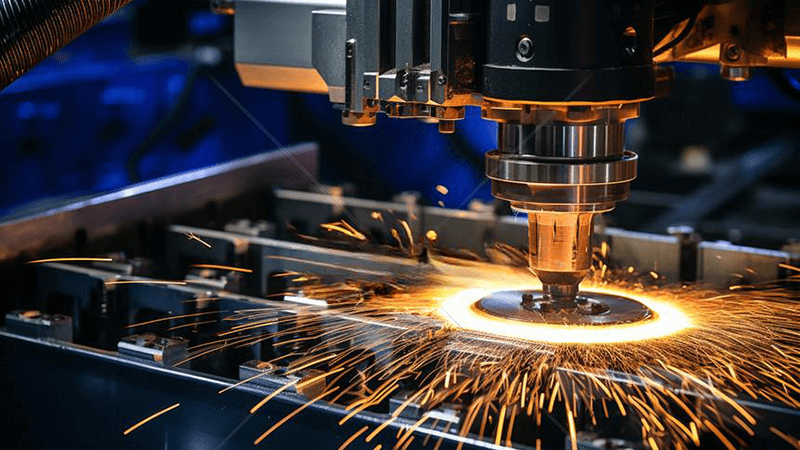
Top 6 Laser Metal Cutting Machines in the Market Today
#1. 1.5 - 3 kW Laser Cutting Machine
- Common Models: 3015, 4020, 4025
- Description: These machines are compact and versatile, ideal for small to medium-sized workshops. They are often used for cutting thin to medium thickness metal sheets with high precision. They offer a balance between cost and efficiency.
- Features:
- Cutting precision suitable for small to medium metal fabrication.
- Lower power consumption and easy to maintain.
- User-friendly interface for easy operation.
- Examples:
- TRUMPF TruLaser 3030 Fiber: Renowned for its energy efficiency and quick setup times.

#2. 3 - 6 kW Laser Cutting Machine
- Common Models: 3015, 4020, 6020
- Description: These machines cater to industries needing to cut medium-thickness metal sheets. The option to create an exchange platform enhances productivity by reducing downtime during material loading and unloading.
- Features:
- Can handle moderate to thick materials with ease.
- Equipped with automated loading and unloading options to increase throughput.
- Capable of high-speed cutting with excellent edge quality.
- Examples:
- Bystronic ByStar Fiber 4020: Offers flexibility with its large working area and high cutting speeds.
- Mazak Optiplex 3015 Fiber III: Notable for its adaptive technology and optimized cutting capabilities.
#3. 6 - 20 kW Laser Cutting Machine
- Common Models: 4020, 6020, 8020
- Description: These high-power machines are designed for heavy-duty applications and can cut thick metal plates efficiently. They often come with exchange platforms for enhanced productivity.
- Features:
- High-power capabilities for cutting through thick metals.
- Enhanced cooling systems to maintain consistent performance.
- Options for automated material handling for continuous production.
- Examples:
- Amada ENSIS 4020: Suitable for high-power, precise cuts with minimal dross.
- Kirin Laser 4020 6kW Exchange Platform: Provides excellent cost-performance for heavy metal fabrication needs.
#4. Large Format Laser Cutting Machine (Power: 6 kW or more)
- Common Cutting Formats: 8000×2000 mm, 10000×2000 mm, 12000×2500 mm
- Description: These machines are designed for industries that require cutting large metal sheets. Their power and size make them ideal for large-scale production runs in industries such as shipbuilding, aerospace, and construction.
- Features:
- Large working area to accommodate oversized metal sheets.
- Robust construction for stability during high-speed operations.
- Advanced software for precision control and cutting efficiency.
- Examples:
- Kirin Laser 12000*2500 Large Format Machine: Offers unparalleled precision and stability for large-scale projects.
#5. Fiber Laser Tube Cutting Machine
- Tube Cutting Length: 6 m
- Power Range: 3 - 6 kW
- Chuck Options: 220 mm, 240 mm, single chuck, double chuck, triple chuck
- Description: These machines are specialized for cutting metal tubes and pipes and are widely used in automotive, construction, and furniture industries.
- Features:
- Can handle a variety of tube diameters and shapes.
- Equipped with automatic loading systems to reduce manual handling.
- Advanced laser head designs to ensure high precision on tubes and profiles.
- Examples:
- Han's Laser P6020: Highly praised for its cutting flexibility and automation features.
- Messer MultiTherm Laser: Offers robust tube processing capabilities.
#6. Plate-Tube Integrated Fiber Laser Cutting Machine
- Integrated Functions: Plate and tube cutting
- Power Range: 3 - 6 kW
- Plate Cutting Format: 6000*2000 mm
- Chuck Options: 220 mm, 240 mm, single chuck, double chuck, triple chuck
- Description: These machines combine the capabilities of both plate and tube cutting, providing maximum versatility for diverse manufacturing needs.
- Features:
- Capable of switching between plate and tube cutting with minimal downtime.
- High precision for both flat and tubular materials.
- Suitable for complex manufacturing tasks.
- Examples:
- Kirin Laser Plate-Tube Integrated Laser Cutting Machine: Efficient and cost-effective for multi-functional metal processing needs.
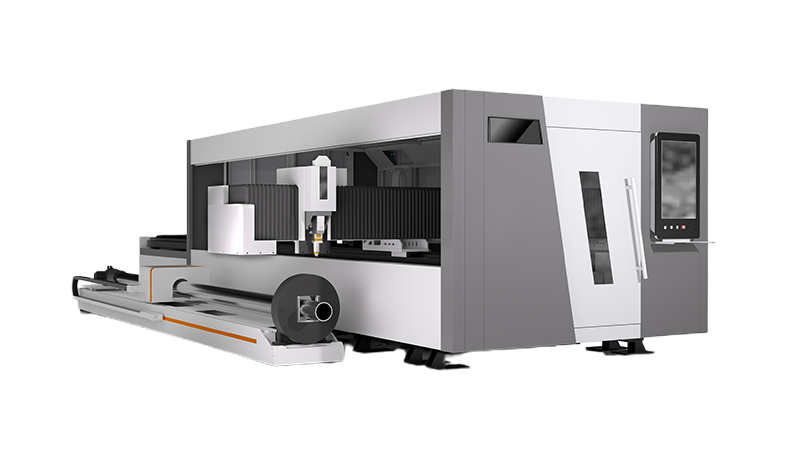
Cost Considerations: Balancing Quality and Budget
Here’s a tough pill to swallow: You get what you pay for. But that doesn’t mean you need to drain your savings. Consider not just the upfront cost but also the long-term operational expenses. Machines that require less maintenance and offer energy-efficient features tend to be more cost-effective over time. Compare operational costs of top laser machines.
Be wary of hidden costs like frequent part replacements, software updates, or training expenses. The price tag might look attractive, but the upkeep costs could make you regret it.Contact us to get the the latest quote if you are interested our machines.
Frequently Asked Questions About Laser Metal Cutting Machines
1. What types of metals can be cut using a laser cutting machine?
Laser cutting machines can cut a wide variety of metals, including steel, stainless steel, aluminum, brass, copper, titanium, and more. The choice of metal often depends on the laser power and the specific laser technology used (CO2, fiber, or YAG laser).
2. How thick can a laser cutter cut metal?
The maximum thickness a laser cutter can handle depends on the laser's power and type. For fiber lasers, a typical range is up to 20mm for carbon steel, 12mm for stainless steel, and 8mm for aluminum with higher power lasers able to cut thicker materials. CO2 lasers generally cut thicker materials more slowly and with lower efficiency compared to fiber lasers.
3. What is the difference between fiber laser cutting and CO2 laser cutting for metals?
Fiber lasers are generally more efficient and cost-effective for cutting metals than CO2 lasers. Fiber lasers have a shorter wavelength, allowing them to cut reflective metals (like copper and brass) more effectively. They also require less maintenance and have lower operating costs. CO2 lasers are better for cutting non-metallic materials like wood or acrylic.
4. What are the advantages of laser metal cutting over traditional cutting methods?
Laser cutting offers high precision, clean edges, and minimal material waste. It provides greater flexibility for intricate designs, faster processing speeds, and lower setup times compared to mechanical cutting methods like punching or sawing. Additionally, laser cutting produces minimal heat-affected zones, reducing the risk of metal deformation.
5. What factors affect the quality of laser-cut metal parts?
Several factors can affect the quality of laser-cut metal parts, including laser power, cutting speed, focal position, gas type (oxygen, nitrogen, or air), gas pressure, and material properties. Proper calibration and maintenance of the laser machine, along with operator skill, also play crucial roles in ensuring high-quality cuts.
Conclusion: Make an Informed Decision for Your Business
Choosing the right laser metal cutting machine isn’t just about specs; it’s about aligning with your operational goals. Evaluate your needs carefully, weigh the pros and cons, and don’t hesitate to ask the tough questions. After all, a well-chosen machine is not just a tool—it’s a partner in your success. Contact us to get your suitable laser metal cutting machine if you need.

